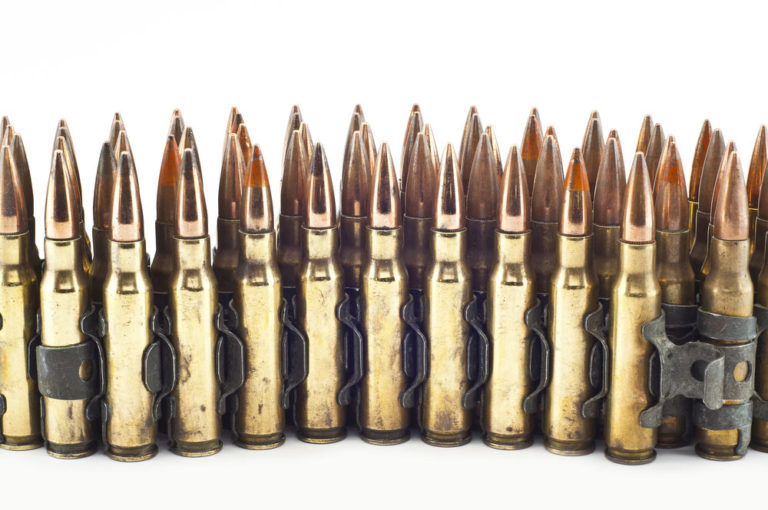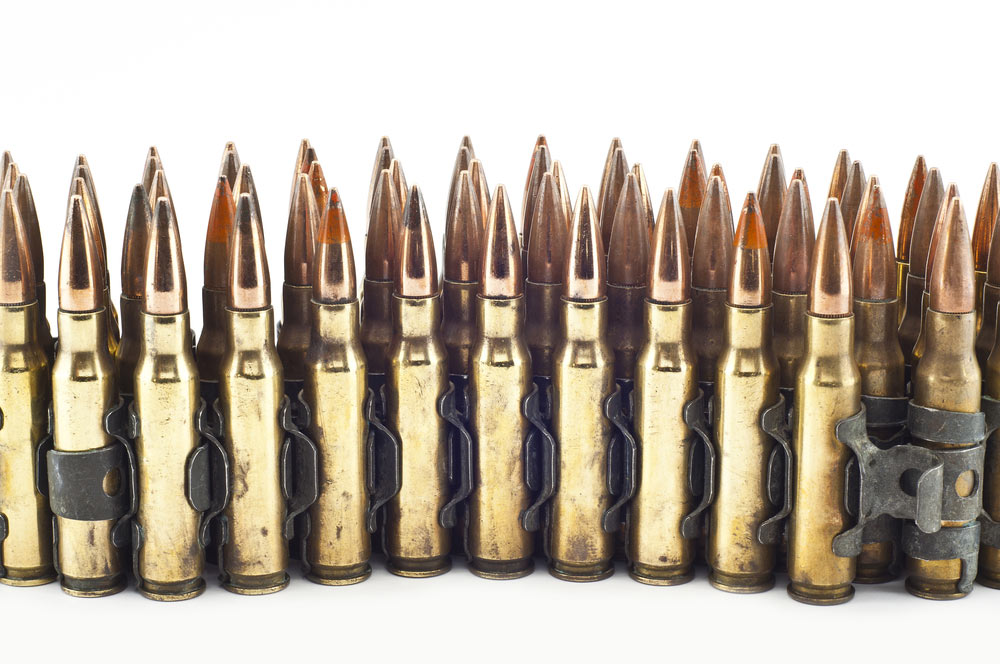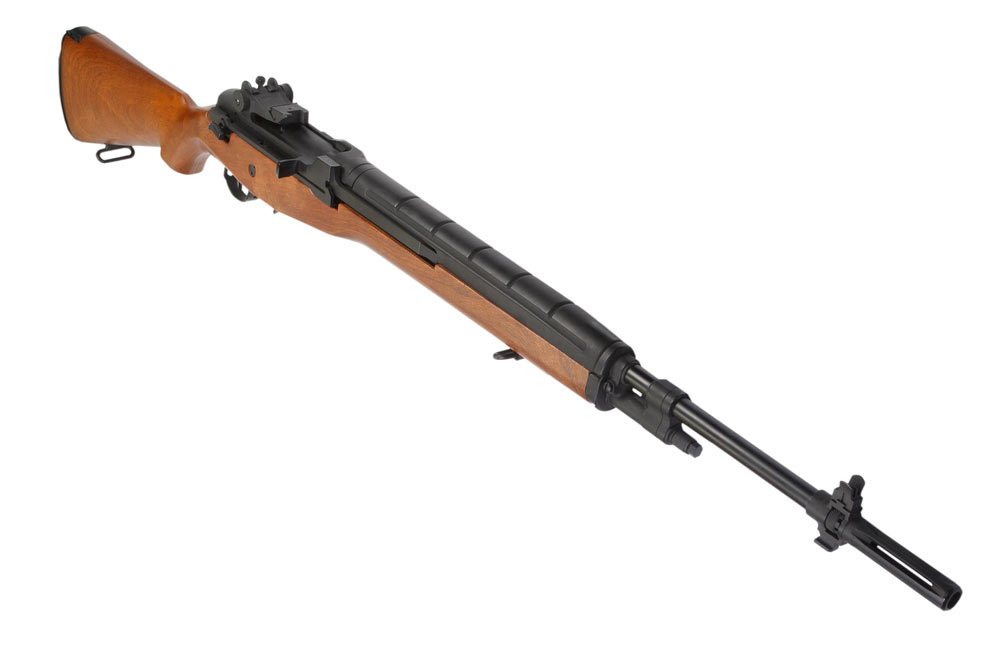

First, let's start this discussion with a comparison between the 7.62×51 NATO cartridge and its civilian counterpart, the .308 Winchester. The differences between them are very small, but they are not precisely the same.
Since the cartridge was designed to be the NATO standard military battle rifle cartridge, the military specification for the NATO round required a thicker brass cartridge case, and established a maximum chamber pressure of 50,000 psi. On the other hand, the commercial .308 Winchester has no such brass thickness specifications, and the SAAMI established maximum chamber pressure is 60,000 psi.
There are some other very minimal differences, but in practice it is generally safe to use the two cartridges interchangeably. If using .308 Win. ammo in a rifle chambered for the 7.62×51 NATO round, the shooter should pay close attention to the overall condition of the rifle, as the commercial round is loaded to higher maximum pressures.
The cartridge was developed in the 1950's as the NATO standard small-arms cartridge. Standardizing a single cartridge for use among all the NATO allies provided a substantial advantage over the previous situation whereby each NATO nation was armed with its own cartridge with little, if any, interchangeability.
The US military at the time was still armed with the M1 Garand .30-06. NATO adopted the cartridge as its standard in 1954. Winchester ammunition offered the commercial version of the cartridge to the marketplace in 1952, a couple years earlier than the NATO adoption. The US Army adopted the M14 rifle in 1957, and chambered it and the M60 machine gun for the 7.62×51mm NATO round.
As an aside, I entered the US Army in 1960, and the M14 hadn't yet reached Fort Gordon, Georgia by then. We were still using the old M1. I don't remember when I saw my first M14, but it was sometime after that. I was on a couple military rifle teams during that era, and for our competitive shooting, we were using National Match M1 rifles. The M14 had a very short service life as the main battle rifle. Not very many years after its introduction, Vietnam got hot and hotter as time passed.
In that jungle atmosphere, the M14 posed several problems.
It was a long and reasonably heavy rifle, neither of which was well suited for the steaming jungles of RVN. In addition, the weight of the ammunition restricted the amount that could be carried by the individual soldier. The DOD folks did numerous studies and conducted countless tests finally arriving at the conclusion that in this case anyway, smaller really was better. They deduced that an 8-soldier unit armed with AR-15 rifles and .223 Remington ammo could outgun an 11-soldier unit armed with M14 rifles and 7.62×51 ammo.

On the other hand, the .308 Winchester is still going strong. There is good reason for that fact.
The difference in power between the .30-06 and the .308 Win is, on average, around 100 fps, using the same bullet weight. The cartridge will fit through a shorter action than the .30-06, which to some might offer an advantage. We could probably come up with other nits, but in reality no animal that ever lived could tell the difference in being squarely struck with a good 165 grain bullet traveling at 2700 fps, and the same good bullet 100 fps faster.
I recently picked up a very nice .308 custom rifle built for someone else, with metalsmithing by Dave Talley. I haven't been able to determine with 100-percent certainty who crafted the stock, but all indications point to the late Jere Eggleston as the maker.
It is a terrific little rifle. It is built on an intermediate length Mauser action, and shoots like a dream. With the unlikely exception of another Cape buffalo hunt in Africa, I could comfortably and efficiently do all the remaining hunting I have left in me with this one rifle. So could most everyone else.

Next Step: Get your FREE Printable Target Pack
Enhance your shooting precision with our 62 MOA Targets, perfect for rifles and handguns. Crafted in collaboration with Storm Tactical for accuracy and versatility.
Subscribe to the Gun Digest email newsletter and get your downloadable target pack sent straight to your inbox. Stay updated with the latest firearms info in the industry.

![Best Concealed Carry Guns In 2025 [Field Tested] Wilson Combat EDC X9S 1](https://gundigest.com/wp-content/uploads/Wilson-Combat-EDC-X9S-1-324x160.jpg)


![Best 9mm Carbine: Affordable PCCs [Tested] Ruger Carbine Shooting](https://gundigest.com/wp-content/uploads/Ruger-Carbine-Shooting-100x70.jpg)
![Best AR-15: Top Options Available Today [Field Tested] Harrington and Richardson PSA XM177E2 feature](https://gundigest.com/wp-content/uploads/Harrington-and-Richardson-PSA-XM177E2-feature-100x70.jpg)
